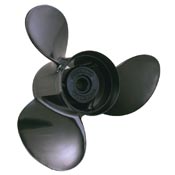The Mercury Trailer Boat at Rest
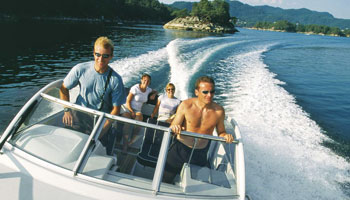
If your Mercury boat takes you into salt water, it is recommended that you park with the outdrive in the down position. This prevents barnacle formation on the bellows; if barnacles form, they can cut into the bellows and ultimately sink the boat. There have been many recent instances in the Midwest where beavers have eaten enough boat bellows to sink the craft and render it useless. If your Mercury outboard is stored in the sun with the outdrive down, it will also alleviate the effects of dry rot on the bellows.
Bellows should not have to be replaced more than once every five or six years, barring formation of a leak or hole. When performing preventative maintenance on the bellows, you may have more success with Mercury parts-they have a bellows kit-the Mercury shop manual, and/or Mercury’s Master-certified mechanics. There are special tools, a thread lock and a certain adhesive you will need for bellow replacement. Once all this is done and it’s time to go out on the water again, stock up on Mercury engine oil and happy boating!


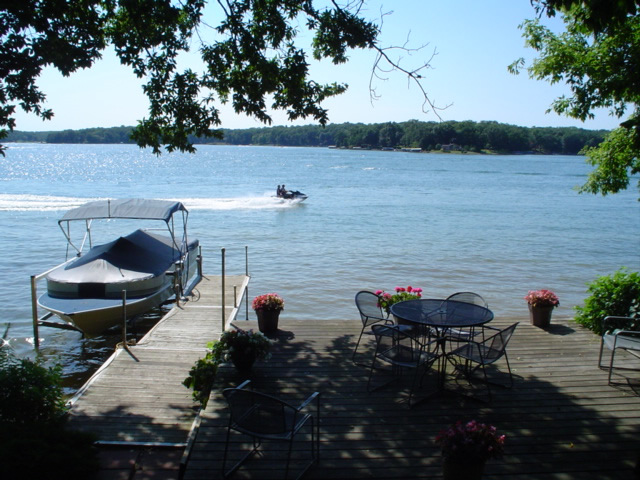

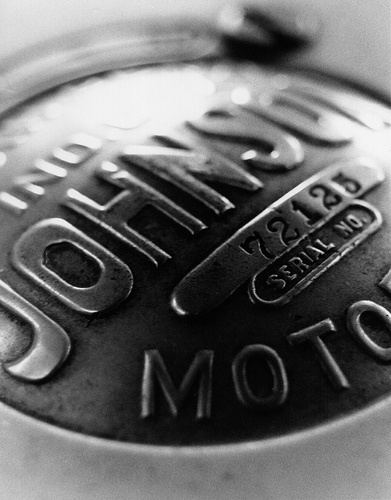
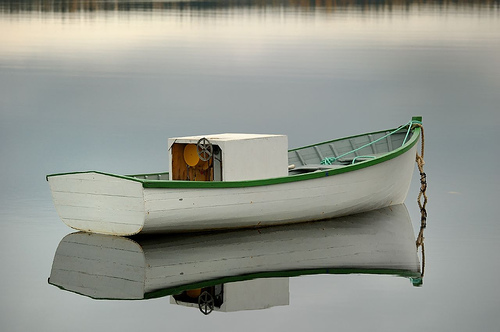

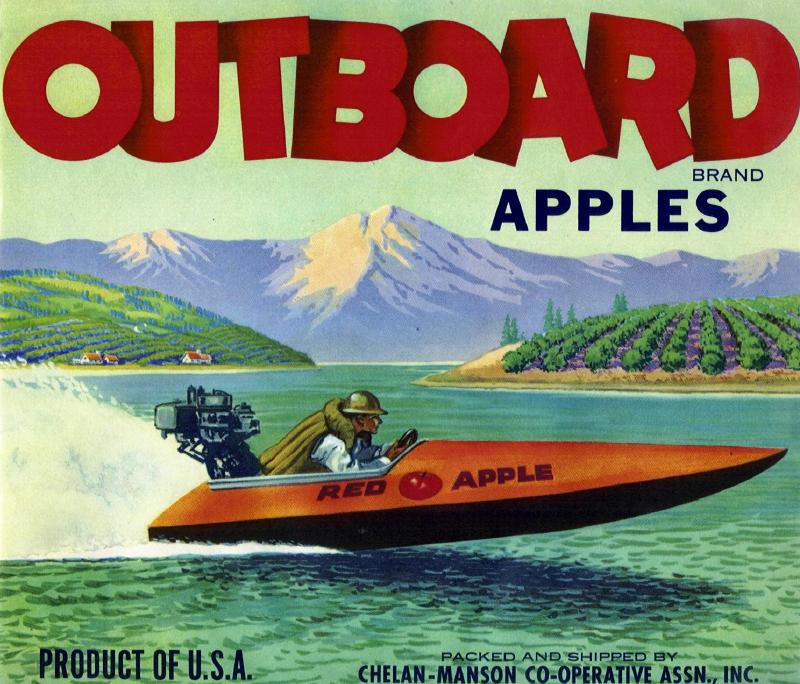
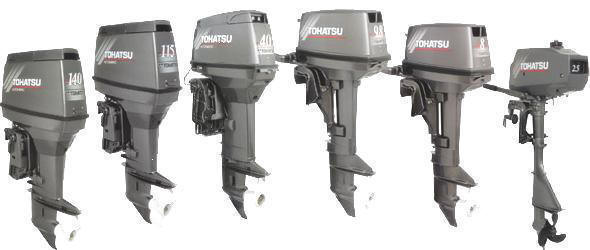
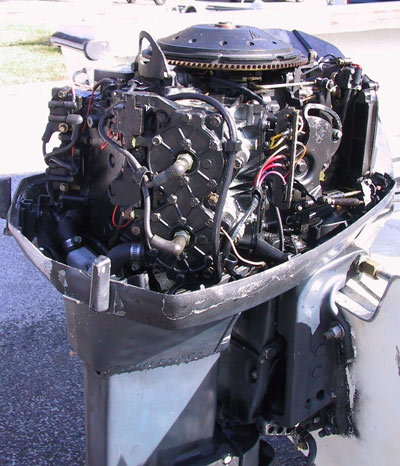 Just as it is important to maintain your car’s engine for optimum performance, your boat requires a certain amount of care for consistent and smooth operation. Since an outboard motor hangs outside the hull of a boat, it requires special attention to prolong its life. Caution when transporting your boat to the destination of your planned outing is extremely important. The motor and boat trailer should be braced securely so that the motion of land travel does not cause permanent damage.
Just as it is important to maintain your car’s engine for optimum performance, your boat requires a certain amount of care for consistent and smooth operation. Since an outboard motor hangs outside the hull of a boat, it requires special attention to prolong its life. Caution when transporting your boat to the destination of your planned outing is extremely important. The motor and boat trailer should be braced securely so that the motion of land travel does not cause permanent damage.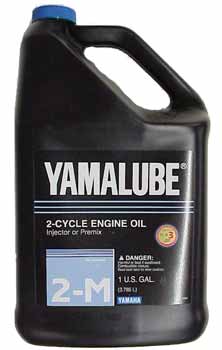 The viscosity of
The viscosity of 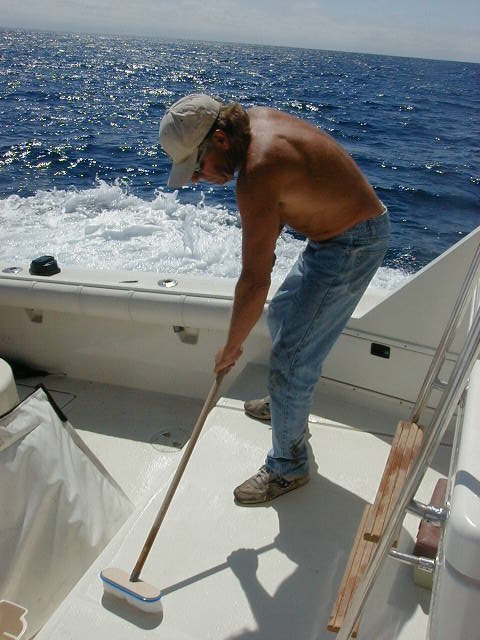 In addition to a good upkeep on your engine (such as regularly changing your
In addition to a good upkeep on your engine (such as regularly changing your 